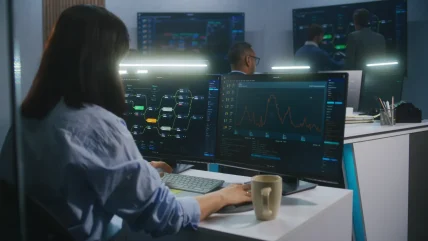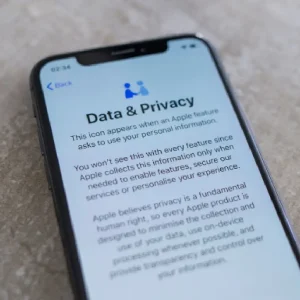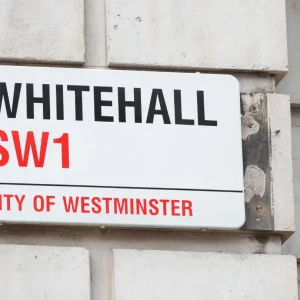
Australian federal government agencies will bring an estimated A$49m ($32.42m) worth of technology services in-house as part of a broader strategy to reduce reliance on contractors in the public sector. The move is part of the government’s Strategic Commissioning Framework, which aims to transition A$527m ($348.71m) worth of “core work” back to the public service in 2024-25, covering 104 agencies.
The Strategic Commissioning Framework report highlights 67 departments and agencies classified ‘ICT and digital’ as core systems, with 55 admitting to outsourcing parts of this work. “Agencies report widespread outsourcing of core work in this job family,” the report stated, “and note it is difficult to bring in-house.”
The latest push follows a commitment made by Australian Public Service Minister Katy Gallagher a year ago to reduce the dependence on external contractors and consultants within the Australian Public Service (APS). According to updated figures, ICT and digital services will account for 22% of the core work transitioning in-house, excluding defence.
The Department of Defence, which is set to experience the most significant reduction in outsourcing at A$308m ($203.8m), did not provide detailed specifics on the work moving in-house. The Australian Taxation Office (ATO) is also making substantial reductions, aiming to cut A$31.9m ($21.11m) in outsourcing expenditure for IT, service delivery, and data analytics in 2024-25.
“Core work includes developing cabinet submissions, drafting legislation and regulation, and leading policy formulation,” said Gallagher. “It also stops the use of contractors as a member of agency executive teams as we saw under the Coalition.
“When coming to government we set out with an ambitious agenda to reform the APS, and to strengthen capability, to ensure the APS can deliver the services Australians expect.”
Framework update pushes transparency and ICT savings
The Strategic Commissioning Framework 2024 update not only sets targets for each agency but also reinforces transparency and public accountability. While IT services form a significant focus, additional savings are anticipated through reduced external spending on non-core work, aligning with the government’s goal of achieving A$4bn ($2.65bn) in total savings.
APS agencies have already begun incorporating the framework into their operational processes to meet these targets, paving the way for sustainable changes in IT service delivery and other core work areas across the public sector.
In September 2024, the Australian government announced new measures to improve the safe use and regulation of artificial intelligence (AI) nationwide. This initiative follows a year of consultations with the public and industry stakeholders about the implications of this technology.
Australian Minister for Industry and Science Ed Husic indicated that businesses are seeking clearer regulations on AI to harness the opportunities presented by this technology effectively. The Tech Council of Australia has projected that generative AI could contribute between A$45bn ($30bn) and A$115bn ($76.1bn) to the Australian economy each year by 2030.






